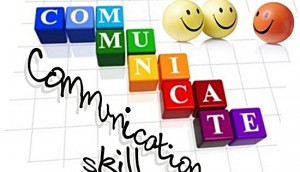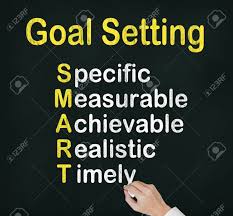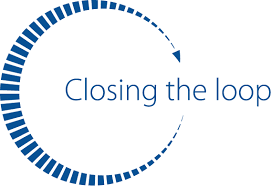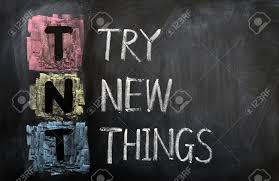Ever get your wires unfortunately crossed in a 1on1 communication?
This can occur in the briefest F2F, Voice-message, Email, Text, Meeting Aside, Phone Call, On-line Posting or even with a conventional Letter.
No matter what we do…people just hear what they want to hear. But why?
Any individual will Understand Inputs while being affected by:
– Their Personality (as defined by, “Culture to Personality: Curse & Blessing,” dated 03/15/17)
– The Situation
– Their Mood
– Timing
– History with the corresponding Communicator
– Their Intentions and Needs
– Medium Employed
– And, past Personal Experience
When people Communicate Outwardly they are influenced by much the same things.
So, there are numerous dynamics affecting messaging.
And we can face daunting resulting challenges with individuals in the way they both Interpret and Send their signals.
In distant human origins we had simple grunts and gestures to facilitate communications. Constantly evolving speech, language, vocabulary, tools, time-sensitivity and media applications have dramatically modified even the simplest interchanges.
One would intuitively believe this array of options would greatly enhance our ability to communicate more flawlessly; in many ways this is true in others, not.
Some vehicles just don’t lend themselves as well as others for any given application…
For Example: You would not Mail an SOS Alert to the Coast Guard; few People would propose Marriage via a Text message, or execute a Firing by Email, and so on.
And at the heart of the communication challenge is that Human Element: The ability to flawlessly communicate in the most suitable manner and the skill to appropriately interpret on the receiving side; this skill is by no means universal nor even common.
It’s clear that people can often make poor choices in sending messages.
It’s equally clear many folks just don’t make good reads of what they receive.
Humans are profoundly affected by their mental Pathology. They believe what they choose to believe and can seemingly rationalize quite wild opinion. 
Even communications with familiars may be subject to startling misunderstandings. So, a swing-and-a-miss with a more casual acquaintance is often a likelihood.
Such misinterpretations are often fueled by underlying, obscure Personal Insecurities.
How can we know what sensitivities and neurosis lurk just below the surface in newer relationships? It can sometimes be daunting to speculate what personality traits might emerge in seemingly everyday situations, let alone during stressful times.
When communications become confused or perhaps volatile relationships are either forged or bridges burned.
And in practice we often learn more quickly about the peccadillos, neurosis and pathology of others by rapid exposure and tribulation.
As a result, we choose fight or flight. Do we digest and persevere with problem situations or just walk away and avoid?
There is no one solution; the choice is situationally dependent. What is the value and/or risk?
In all our communications we must necessarily remain sensitive to opportunities and liabilities of human, situational and channel implications.
Have you come unglued with anyone, recently? Was it truly warranted, or a likely product of your own vantage point or insecurity?
Anyone derailed on you? Been initially lost as to what in their pathology triggered an outburst?
Take some time to consider recent fraught communications. Often you can readily mitigate problems, sometimes you should not even try.
Ian R. Mackintosh is the author of Empower Your Inner Manager Twitter@














